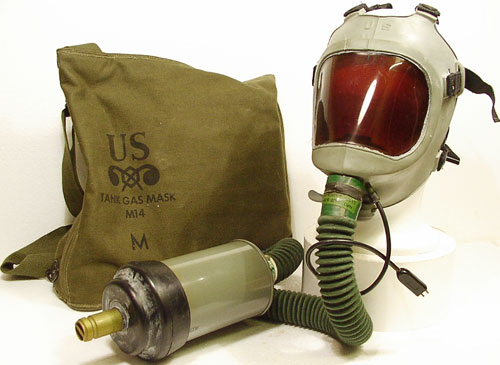I have taught welding since 1976, and have seen lots of good and bad welders, and have welded with lots of different machines and techniques over the years. So to keep things simple-
It is easy to lay a nice bead with a wire feed welder, but you may not have adequate penetration, and it is easy with a wire feed or MIG welder to have weld embrittlement or weld contamination. You must clean the metal you are welding on of all paint, rust, grease, etc. After you gain experience welding, you will be able to guage the correct depth of penetration with a wire feed welder by watching the ongoing weld puddle, and the appearance of any undercut on the edges of the weld. A knowledge of metal characteristics, heat ranges, and wire speed helps also. You cannot weld with a wire feed welder in anything stronger then a very very mild breeze since the wind blows away the protective gas shield that gives your weld strength and integrity! So if you are welding outside, or in a drafty shop then you have no choice but to weld with a stick welder, or a tig welder.
The easiest method of welding with a stick welder is with a DC welder set on reverse polarity so that the electrical charge runs from the stick to the work. Good old E6011 welding rod (sometimes known as "farmer's rod") works well for all around general welding, and it works well to "float" off any rust, paint, grease, etc that would contaminate the weld. Many folks like to stick weld with 7014 or 7018 low hydrogen rod, it is very strong and is easier to run uphill or overhead then with 6011.
A new welder running the low hydrogen rods can sometimes get confused about what is happening in the weld puddle, because the low hydrogen rods leave a very thick overcoating of protective material to cover the weld with while cooling to prevent oxygen weld contamination or embrittlement. The slag-like flux material left over the weld after a pass, and which is chipped off after the weld has cooled, sometimes appears to be part of the welding puddle during the welding process and knowing and understanding what is part of the weld puddle and what is occuring there is very important to having a correct, strong, non-contaminated weld.
With a stick welder, and even a wire feed welder I like to see a very very small amount of undercut on the edge of the weld material where the weld puddle has traveled, this indicates to me that there is usually adequate penetration. This is in preference to a weld bead that is humped up too high over the welding work surface which indicates a welding heat range that is too low, or a weld pass at too high of a speed. Too much undercut happens when the heat range is too high, or the weld travel speed is too slow, and too much undercut weakens the weld joint.
I encourage new welders to learn on a stick welder, then they learn to maintain a correct distance from stick to weld puddle, and the correct speed to travel, and to watch the weld puddle for the correct penetration, depth of undercut, and to leave the correct amount of weld material for a strong weld. I strongly discourage learning to weld on an AC "buzz box" which is of course the cheapest welder to buy. A welding machine with the option of DC current will produce a better weld for beginning welders, it is easier to run the weld uphill or overhead. A buzz box is barely adequate for a homeowner or a farmer, in the hands of an experienced welder one can turn out acceptable welds with the buzz box, but the DC welding option is much preferred by experienced welders.
The best welder I ever saw, for gas welding, or stick welding was a college student I had in my class who was a young lady. She grasped the concepts, understood the theory, and could lay down better welds uphill, overhead, etc better then most of us could lay down a flat bead! She was a pre-med student so I don't know if she ever used her welding skills, but she was very good! And when I subjected her welds to the "heartbreak" press to check for embrittlement, contamination, etc- her's were always top rate. (Even better then me, and in my youth I thought I was pretty good- one might even say I was a little cocky about my supposed abilities

)
I have seen alot of very poor, even dangerous welds in my work over the years, and have redone and corrected welds done by others that were not up to "code", I believe that some of the welds were even laid down by chickens- they were so bad!

I have also done weld inspections on state or federal mandated performance work on different jobs, so I have seen alot of welds in my day. If your life were to depent on your welding, the strength and the integrity of your work (which it often does when you weld on things like trailers, hitches, etc) then you really want to get it down pat, really learn the theory, grasp those concepts. and understand what is happening in that weld puddle.
Allright folks, class over and dismissed for today!


